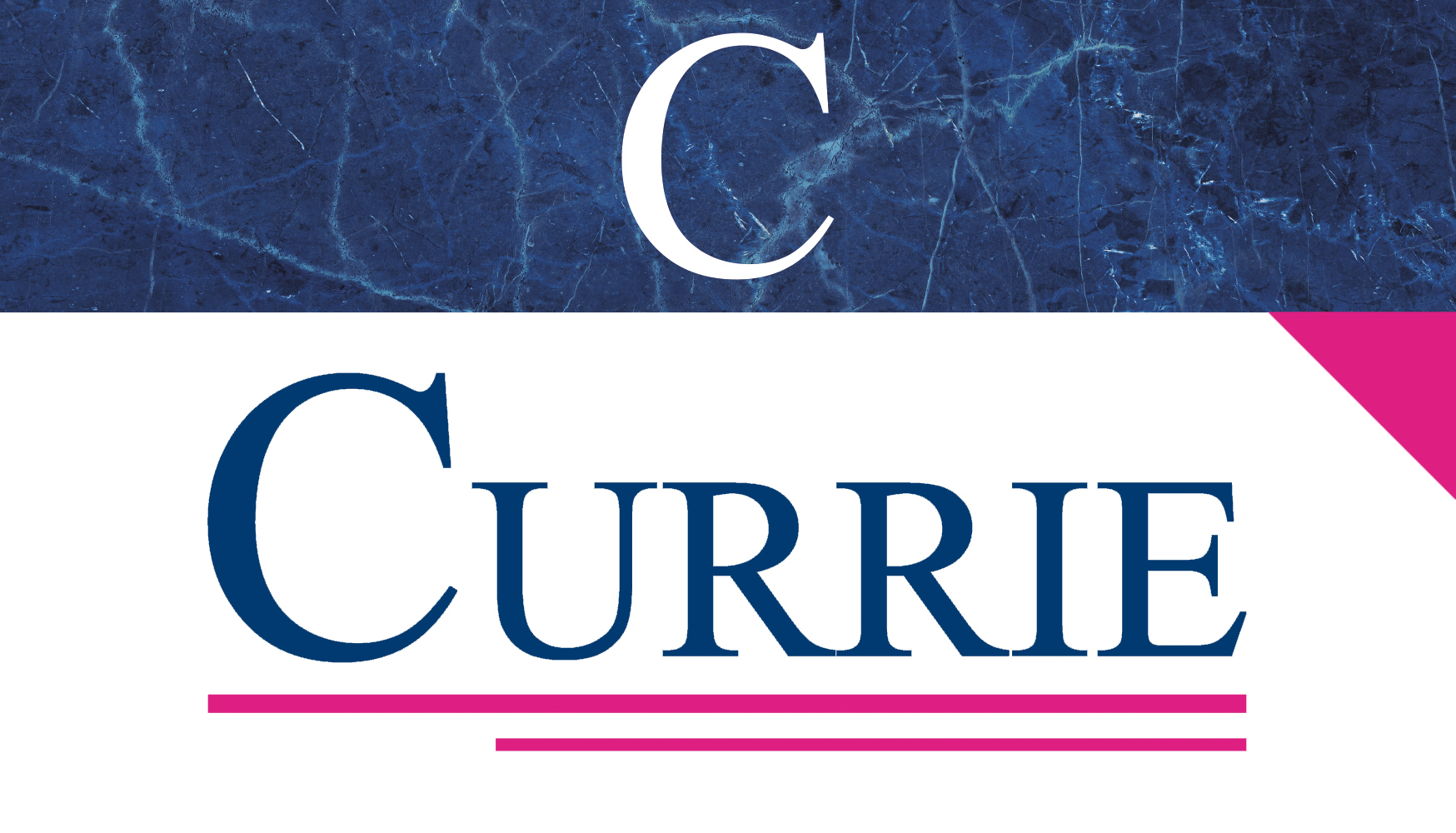Currie’s Quarterly Article recommendation (click the title to download), Managing Change, One Day at a Time (Harvard Business Review, July/August 2014), is a quick and easy read. It’s also a great way for us to start to think about change management at an equipment distribution company. This article demonstrates the importance of considering ideas and best practices that are unique to a specific industry or lifestyle, and visualizing how to apply it to your industrial equipment business. Along with the AA analogy, we can find many alternative sources of culture and change management that are useful for our study. For example, Daoism is an ancient Chinese philosophy which focuses on the individual’s relationship to the universe, especially the immediate physical surroundings. When one becomes cognizant of that relationship, work can be focused toward balancing those elements. This concept is highly applicable to the structure of some of today’s distribution companies. The “individual” is now the distribution enterprise, and the “universe”, or immediate physical surroundings, consist of entities such as manufacturer, marketplace, employee pool, customers and the like. Now, the task at hand is to create and manage the perfect balance of those components.
Thus, let’s always keep our minds open to the numerous theories, philosophies, lifestyles, etc. that may provide us with outstanding examples of a desired culture, or a valuable change management program. Some additional examples can be found in one of Currie Management Consultants, Inc.’s continuous development strategies – The annual Currie Reading List. The purpose of the differing themes of The List, is to enable the manager, or executive, to make certain connections. How does the current state of the industry and the economy connect to the way we go to market today; and to the structure of our organization; and to the 12 Currie Success Principles; and so on? Reflect back on the themes of some previous versions of The List and see how to connect them to the change management process:
2012 Currie Reading List – Sports. We discovered ways that winning teams approached their game, and how these methods can be replicated to fit an equipment distribution enterprise. In Currie Best Practices Groups that year, we discussed the manager as coach, and we engaged in lively discussion about distribution teams: who are the position coaches, who are the head coaches, who are the players, which teams seem to be in the game to win, and how do we turn a struggling team into an All Star performer?
2013 Currie Reading List – “This Means War”. Military strategy is an important study when you consider how it parallels to the running of a distribution company in a rapidly changing marketplace. What can stories of war teach us? How have the great generals implemented new and dynamic strategy despite challenging circumstances?
What other sources are available to help us identify some change management philosophies? Think about some great quotes, and visualize how they can be put into practice by your leadership team.
- John Kotter, a professor at Harvard Business School, is considered a management guru. His book, Leading Change[i], was on the 2012 Currie Reading List, and he has been referenced in numerous articles that the Currie team has shared in our Quarterly Article Reviews. Kotter’s quote on change, mentioned early on in Managing Change, One Day at a Time, is “people don’t change a minute before they’re ready”.
- “When we are no longer able to change a situation, we are challenged to change ourselves” is a powerful quote by Victor Fankl, whose work entitled Man’s Search for Meaning[ii] is on the 2014 Currie Reading List – Chaos Theory.
- And we have another revered change management expert, Jack Welch, who warns us to “change before you have to”.
Finally, let’s talk about what culture or management changes are needed at your equipment distribution company. Going back to what the recommended article is telling us, habits and peer support are two of the elements of the AA program that make it a success for many.
- The second heading (in red print) tells us that it’s important to learn to give up our old habits, and that’s best done by developing better ones. The last page of the article contains an interview with Lisa Buckingham, of Lincoln Financial, who offers us some additional insights into habits. What are some of the old habits that your dealership may need to replace with fresh ones?
- Peer support and pressure is a driver of change. Is the culture within your organization one of collaboration? As stated in that section of the article, and as we teach here at Currie Management Consultants, Inc., an atmosphere of teamwork and cooperative communication directly impacts employee engagement, a critical factor in the success of a company. Our Currie Best Practices Groups are designed to create that atmosphere of peer accountability, collaboration and idea share. What change initiatives could a group brainstorming session at your dealership uncover?
Change management, cultural shifts, and demanding marketplaces are challenges that must be met with creativity and with an open mind. The world around us is full of opportunities to learn and grow, and often in the most unexpected of places.
[i] Kotter, John P. (1996). Leading Change. Boston: Harvard Business School Press.
[ii] Frankl, Victor (1946). Man’s Search for Meaning.
